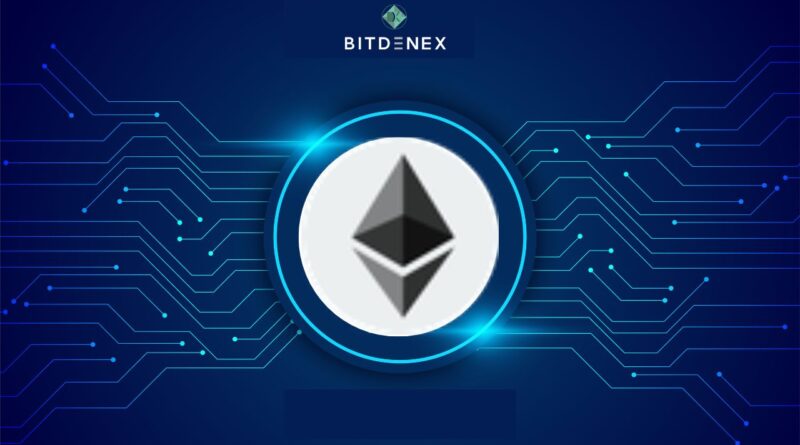Vitalik Buterin floats Five designs to decrease Ethereum max block size
Ethereum Foundation and Buterin’s proposed solutions revolve around raising the block gas limit and increasing the cost of calldata. Ethereum co-founder Vitalik Buterin and the Ethereum Foundation are exploring at least five options for reducing Ethereum’s maximum block size in order to optimize the blockchain for the “rollup-centric roadmap.”
On February 5, Buterin and Ethereum Foundation researcher Toni Wahrstätter stated that with an emphasis on rollups in the medium and long term, it is argued that the way block space is used is not yet optimized, pointing out that effective block size has essentially quadrupled in the last year. “This might be a result of more and more roll ups starting to use Ethereum for DA, and trends like Inscriptions,” noted Buterin and Wahrstätter.
The blog post analyzes five alternative solutions of various complexity to increase block gas limitations and disincentivize the use of call data, which might then reduce maximum block size and variance to allow for larger data blobs in the future. “By increasing the block gas limit and the price for nonzero calldata bytes, a smaller and less variable block size can be achieved, making space to add more blobs in the future.”
The Ethereum gas limit is the maximum quantity of gas used to execute transactions or smart contracts in each block. A restriction is specified to ensure that blocks are not excessively large, affecting network performance and synchronization. Calldata, which consumes gas, puts more strain on the network, hence solutions are being developed to enhance the gas limit without compromising security. One of the initial, simpler options presented by Buterin and Wahrstätter is to increase the calldata cost from 16 to 42 gas, reducing the maximum block size from 1.78 to 0.68 megabytes. This would allow for a rise in the block gas limit.
However, Buterin claims that this disincentivizes the use of call data for data availability and will have a detrimental influence on apps like StarkNet, which require significant amounts of call data for on-chain verification. Instead, a second method could be to raise calldata costs while lowering other opcode costs. Call data is the data supplied as input to a smart contract function call, whereas opcodes, or operation codes, are instructions that describe which computation should be executed in the Ethereum Virtual Machine (EVM). Another option would be to limit calldata per block, as proposed in EIP-4488, wrote the pair. However, this may disincentivize using call data for data availability, affecting apps that rely heavily on it.
However, the pair concluded that just raising the calldata cost to 42 could be “too blunt an approach” while creating different charge marketplaces might “add too much complexity.” “A balanced solution could be to increase the cost of calldata while reducing the cost of some operations, or perhaps moving towards a model that offers incentives for using calldata inside the EVM.”
Buterin earlier advocated call data caps per block to reduce petrol costs in 2021. Vitalik Buterin proposed increasing the Ethereum gas limit by 33%, to 40 million, to increase network throughput. Increasing the gas limit allows for more transactions per block, which theoretically increases the network’s throughput and capacity.
Buy and sell crypto in minutes with 0.20% trading fees at Bitdenex Exchange.

